Chemistry
Sign up for our newsletter
We summarize the week's scientific breakthroughs every Thursday.
-
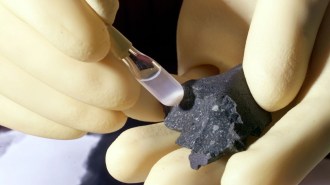 Planetary Science
Planetary Science50 years ago, scientists caught their first glimpse of amino acids from outer space
In 1970, scientists detected amino acids in a meteorite. Fifty years later, a variety of chemical ingredients for life have been found in other space rocks.
-
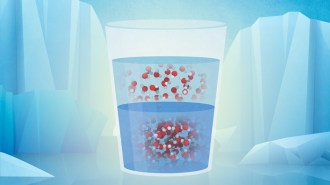 Physics
PhysicsSupercooled water has been caught morphing between two forms
A new experiment used ultrafast techniques to reveal high-density water transforming into low-density water at subfreezing temperatures.
-
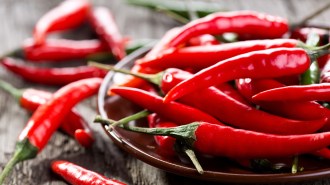 Chemistry
ChemistryA new portable device can reveal a chili pepper’s heat
The “Chilica-pod” measures levels of the fiery capsaicin compound in peppers.
-
 Chemistry
ChemistryHeating deltamethrin may help it kill pesticide-resistant mosquitoes
A simple chemical trick creates a much faster-acting form of a common insecticide, which could help fight malaria and other mosquito-borne illnesses.
-
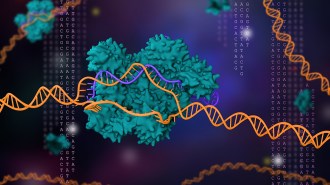 Genetics
GeneticsGene-editing tool CRISPR wins the chemistry Nobel
A gene-editing tool developed just eight years ago that has “revolutionized the life sciences” nabbed the 2020 Nobel Prize in chemistry.
-
 Agriculture
AgricultureHow does a crop’s environment shape a food’s smell and taste?
Scientific explorations of terroir — the soil, climate and orientation in which crops grow — hint at influences on flavors and aromas.
-
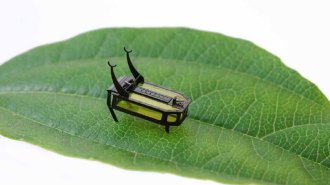 Tech
TechMethanol fuel gives this tiny beetle bot the freedom to roam
A new robot insect uses energy-dense methanol as fuel, not batteries. It could be a blueprint for future search-and-rescue bots with long run times.
By Carmen Drahl -
 Earth
EarthSmoke from Australian fires rose higher into the ozone layer than ever before
The catastrophic wildfires in Australia around New Year’s generated a massive smoke plume that still hasn’t dissipated in the stratosphere.
-
 Science & Society
Science & SocietyReal-life scientists inspire these comic book superheroes
Three scientists are publishing comics casting researchers as heroes, and hope the cartoon format and pared-down storyline can boost science literacy.
By Kyle Plantz -
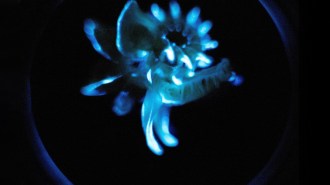 Chemistry
ChemistryHere’s a clue to how this tube worm’s slime can glow blue for days
Mucus oozed by a marine tube worm can glow for up to 72 hours. New results suggest that the light may sustain itself through some clever chemistry.
-
 Chemistry
ChemistryAstronauts may be able to make cement using their own pee
Lunar dust and a compound found in urine could be used to build future dwellings on the moon, a new study finds.
-
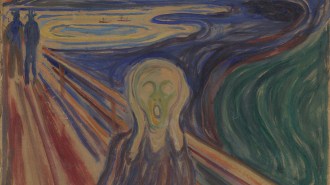 Chemistry
ChemistryMoisture, not light, explains why Munch’s ‘The Scream’ is deteriorating
Edvard Munch’s 1910 “The Scream” is famous for its loud colors. New insight into paint preservation could keep those pigments from fading out.